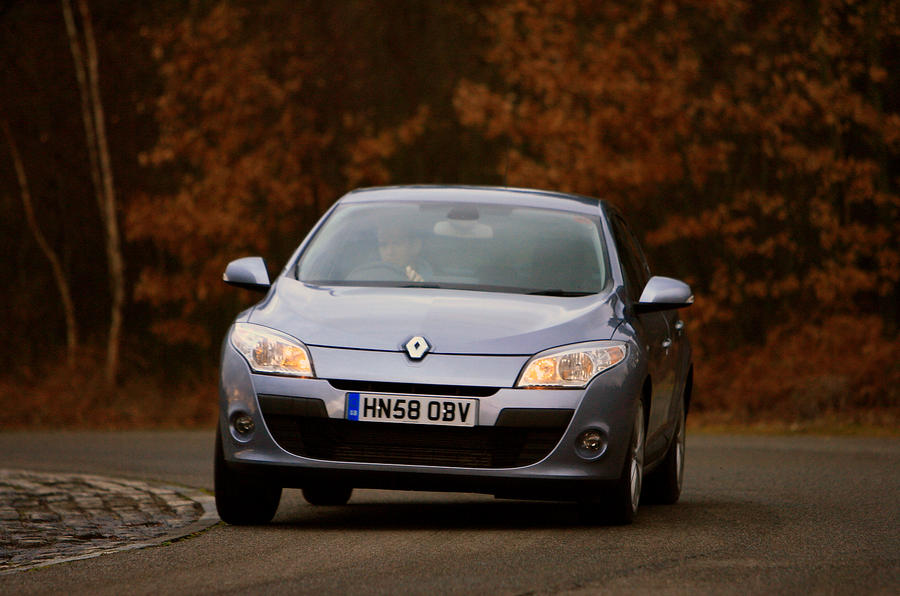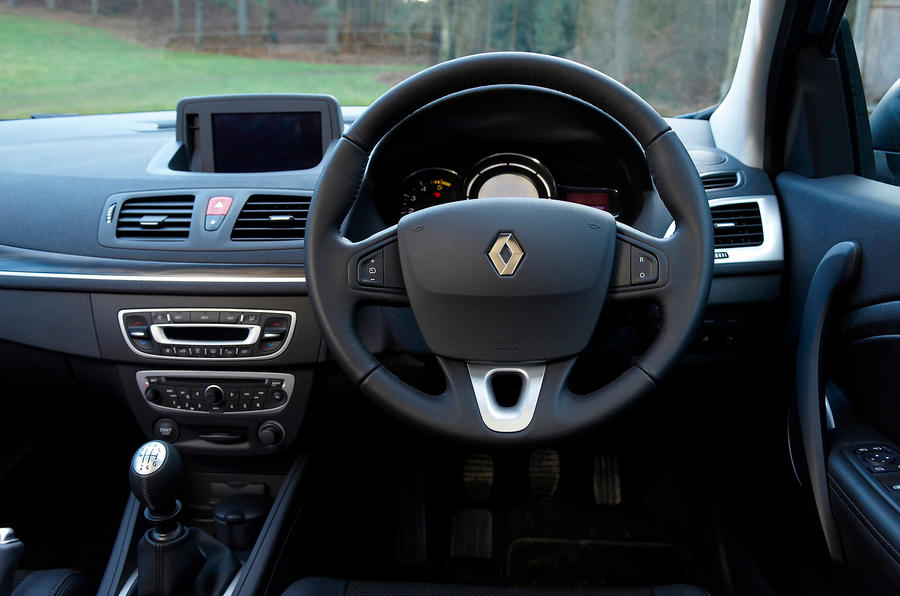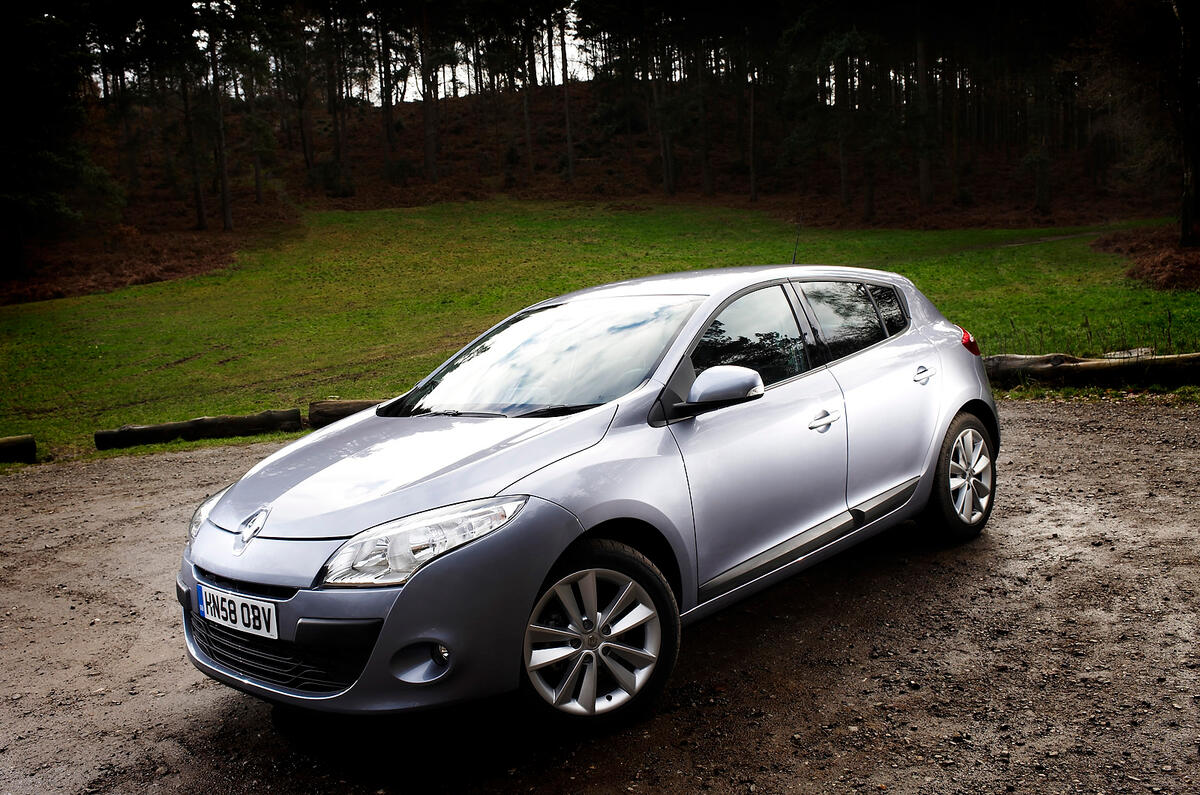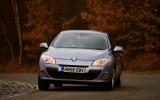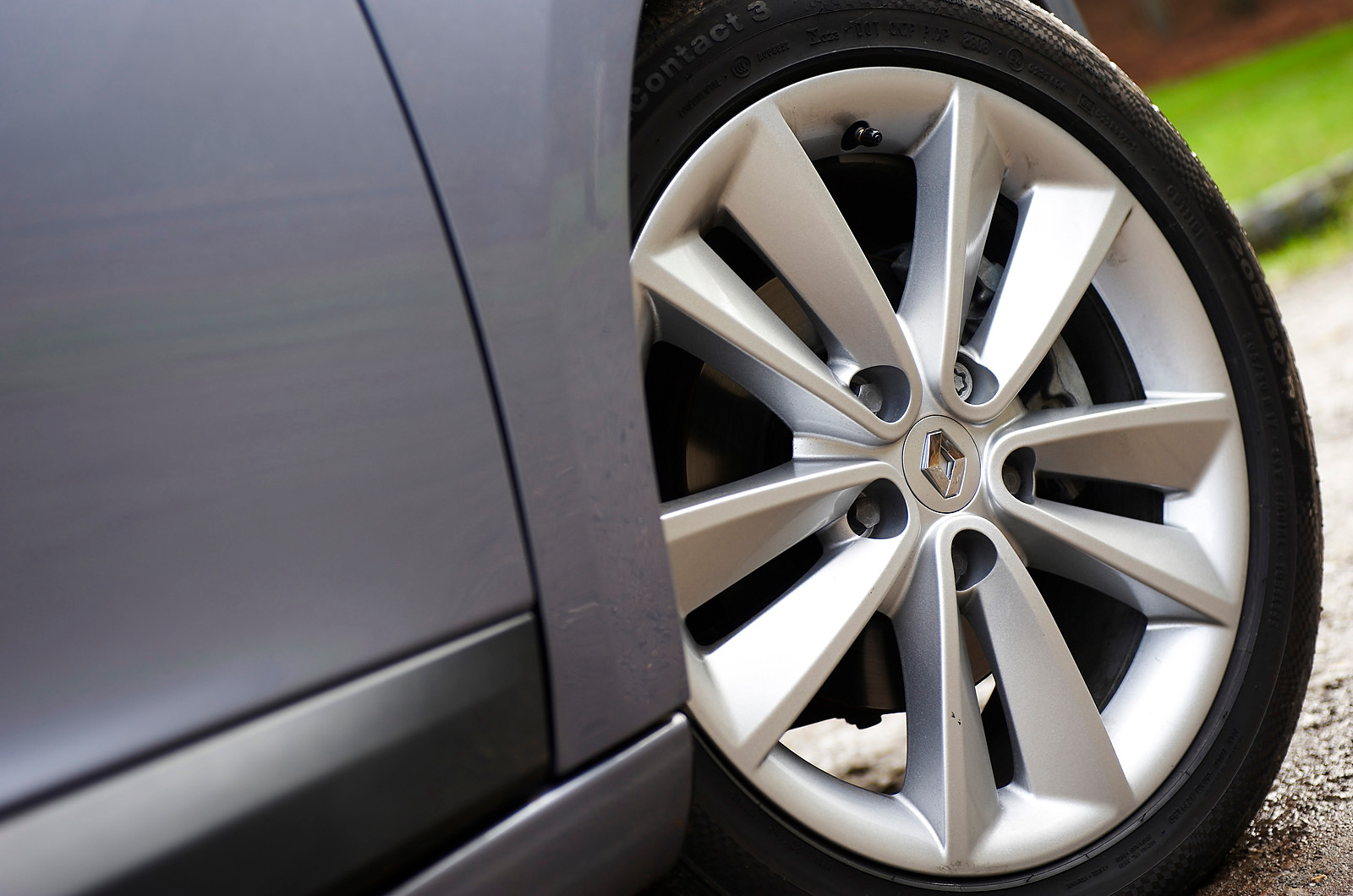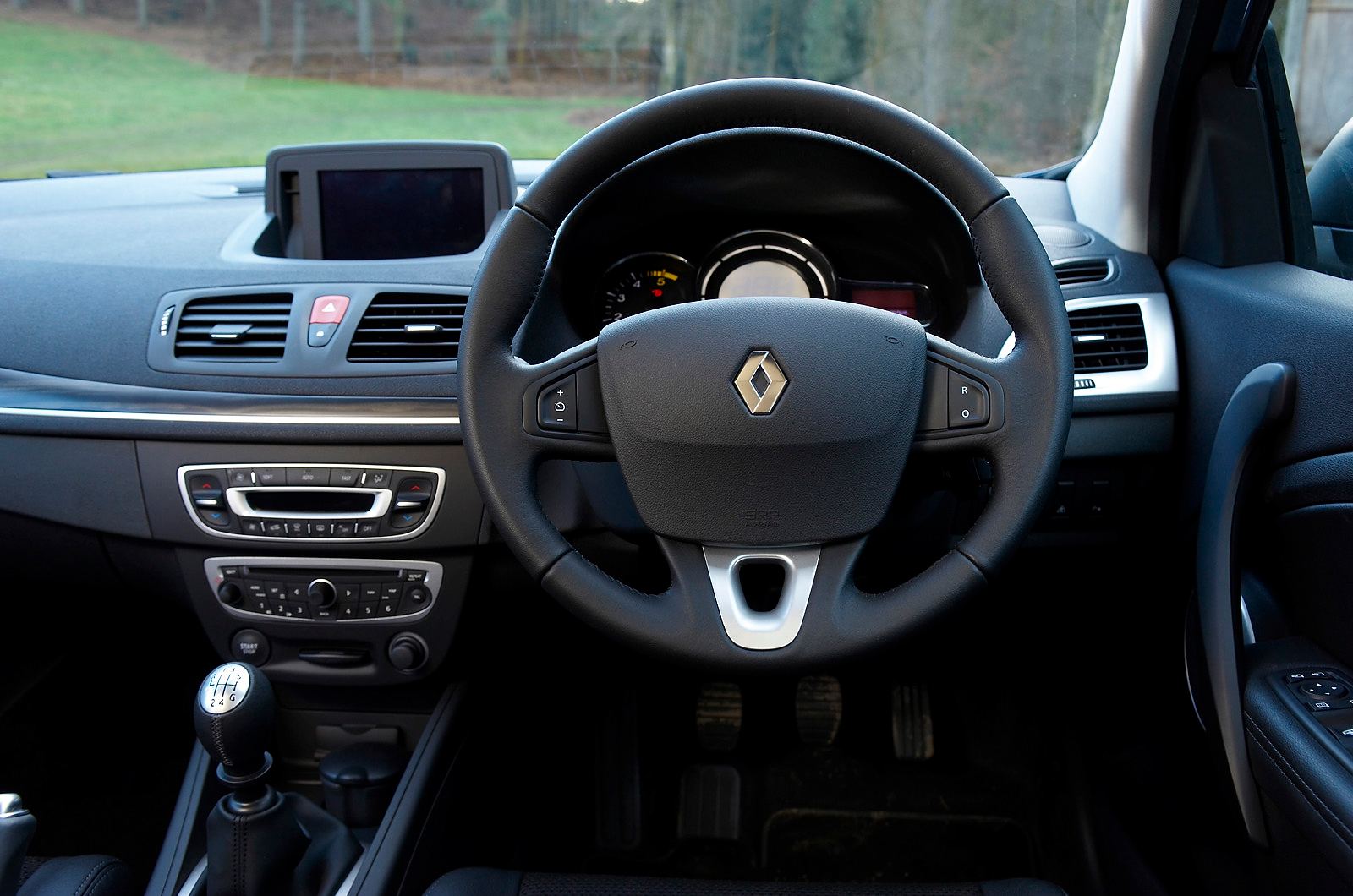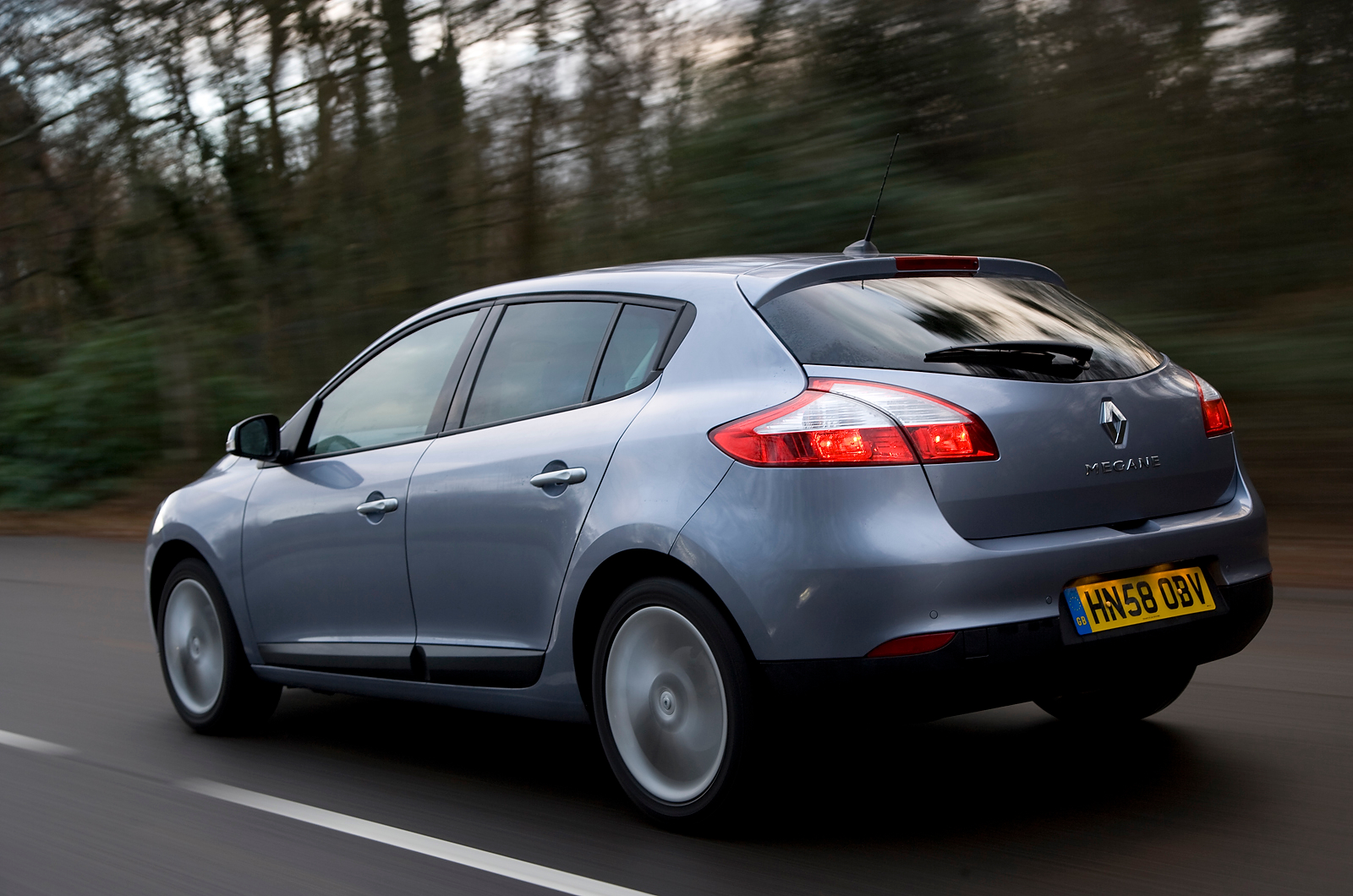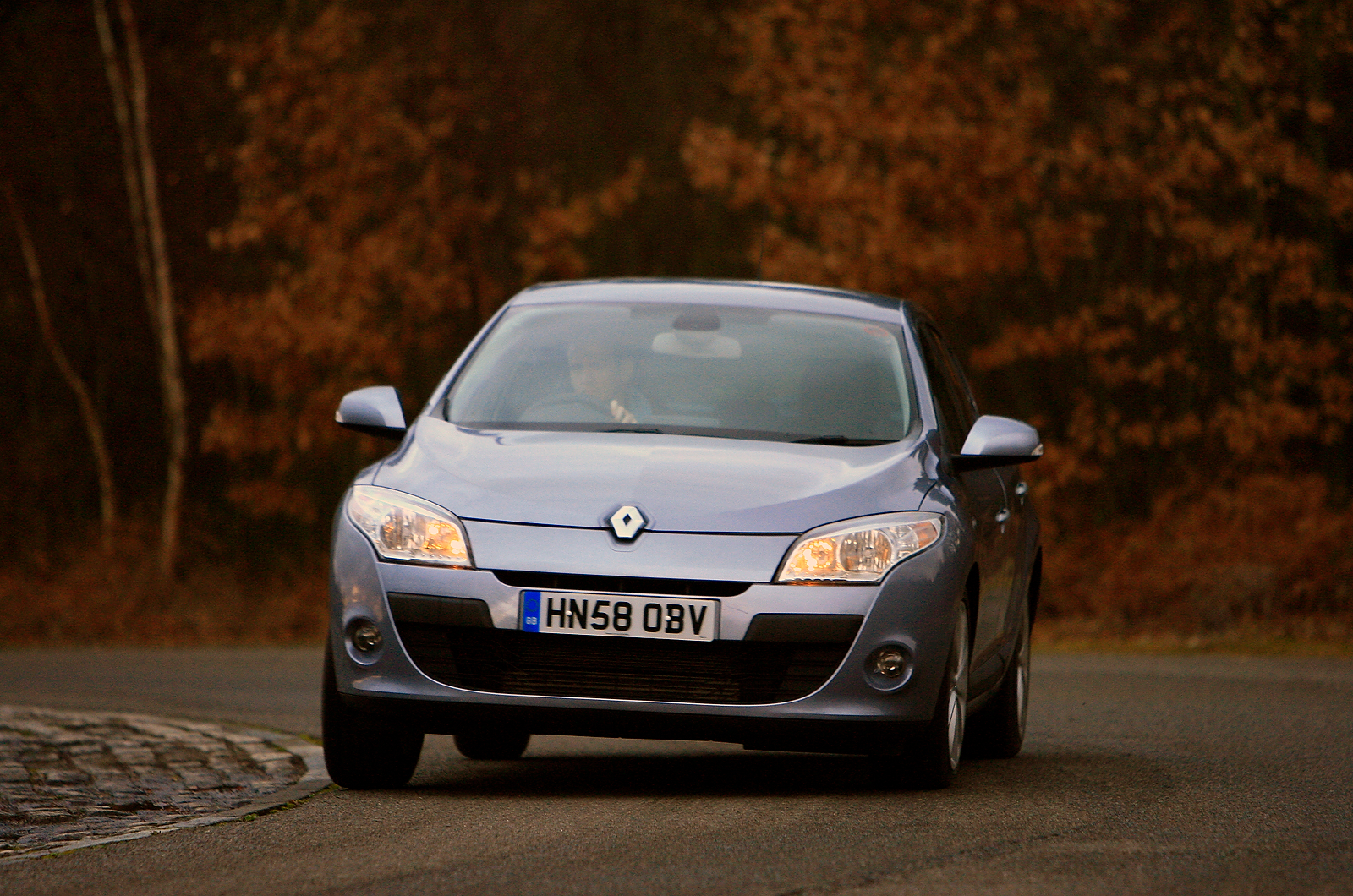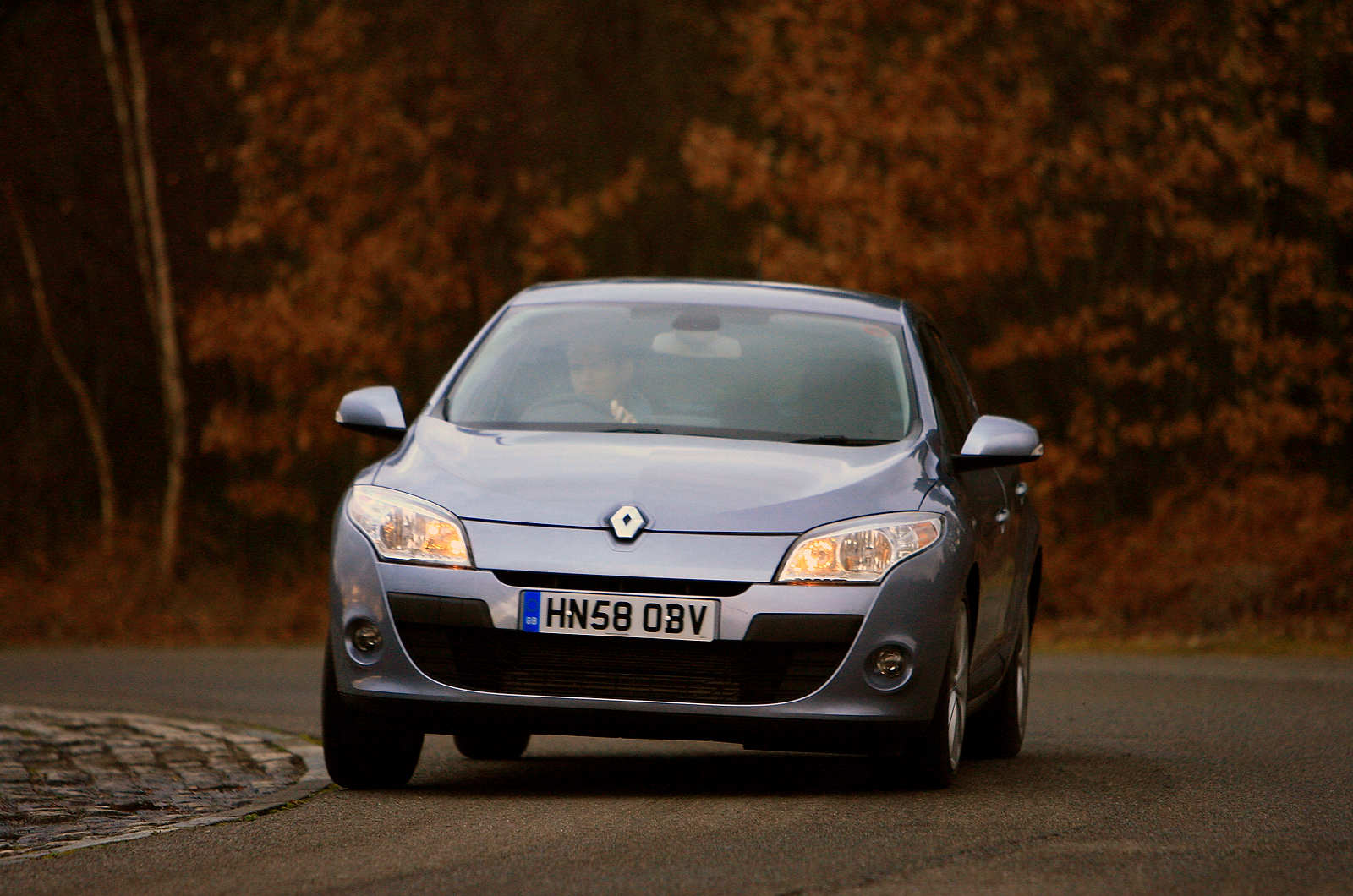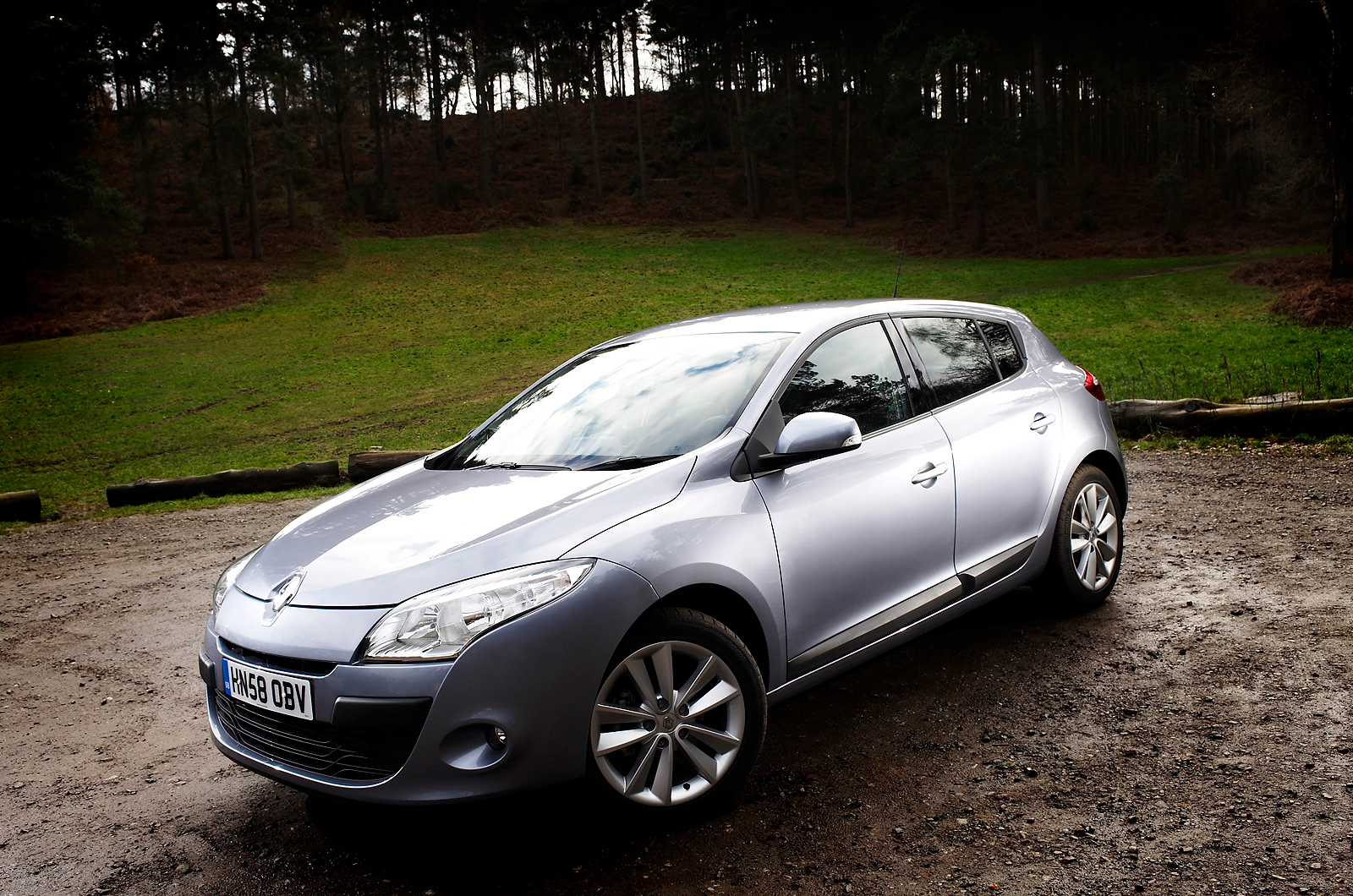Although this Renault Megane is more luxurious than the old one, it’s also lighter. It might only be a meagre saving, but given that the new model is considerably larger, this is a welcome step in the right direction.
On the road the result is clear: most Méganes feel perky, especially those powered by the excellent 1.2 and 1.4-litre turbocharged TCe petrol engines. These units feature both direct injection and turbocharging. The turbo is integrated into the manifold and there’s variable valve timing to extract the most from this small four-pot.
The 1.2 TCe, available on the hatch and coupé, is most impressive: very sweet running, refined and extremely quiet. The stop-start system is also super-rapid and extremely refined.
The 1.4 TCe engine, available only on the CC, may be small, but that’s not how it feels. A 0-60mph time of 10.5sec is not remotely special – blame the car's corpulence – but the smooth, torquey eagerness with which the engine propels the car across a broad rev range makes it a pleasure to use.
The 1.6 petrol is available across the range, and is a reasonable engine in terms of performance, efficiency and refinement, without being in any way class leading.
All of the diesels, with the exception of the entry-level 88bhp 1.5, feel brisk and pleasantly refined. The mid-ranking 109bhp is the common sense option, although some buyers - especially of the Sports Tourer - may decide they would like more power and torque.
In 2012, a revised 1.6-litre dCi replaced the 1.9-litre option in the five-door hatch and Sports Tourer. Renault claims it's the most powerful and frugal engine of its size; it produces 128bhp and 236lb ft of torque, while delivering a claimed 70.6mpg and emitting 104g/km. It's an excellent diesel engine, delivering flexible and refined performance alongside strong economy.
Braking is solid, reliable and fade-free in all but the most violent use. We’d prefer less servo assistance and a slightly more progressive pedal, but this is a minor quibble.
With just 20bhp more than its predecessor, the Renaultsport Mégane’s 247bhp looks a little unremarkable. Especially when the last Ford Focus RS rolled into town with 300bhp. Certainly the first impression is of a car that is fast, but not savage like the Focus RS.
If anything, in dry conditions the delivery is surprisingly uneventful, the limited-slip differential channelling the power to the road extremely effectively. However, the longer you spend with it, the more you appreciate just how quickly the Renaultsport Mégane can cover ground. It simply requires a different approach from the more powerful Ford Focus RS with which it draws comparisons, and more revs.
While our measured 0-60mph time is 6.0sec (in line with Renault’s claims), this somewhat understates the performance. A 0-100mph time of 13.7sec is 2.7sec quicker than 225 and actually faster than the Focus RS.
However, the gearshift is less successful, being merely good rather than great and we also wish the Renaultsport Mégane sounded more special.
There is the occasional tug from the steering, mostly when the road surface is bumpy, but generally the Renaultsport Mégane is impressively free from torque steer.



